During shopping for beef, it can be a challenge to know why the same beef cut could be more expensive. Much is reduced to the degree of meat, which is labeled First, ChoiceOR Select. These are the votes of usa meat and only know the difference can help you understand what you are paying.
Understanding designations such as USDA Prime, Choice and Select helps you get the quality of the meat you pay. This How-to The guide divides the key differences into marble, tenderness, juiciness and uses recommended for each Degree of beef From the highest primary degree to the slimmer selection.
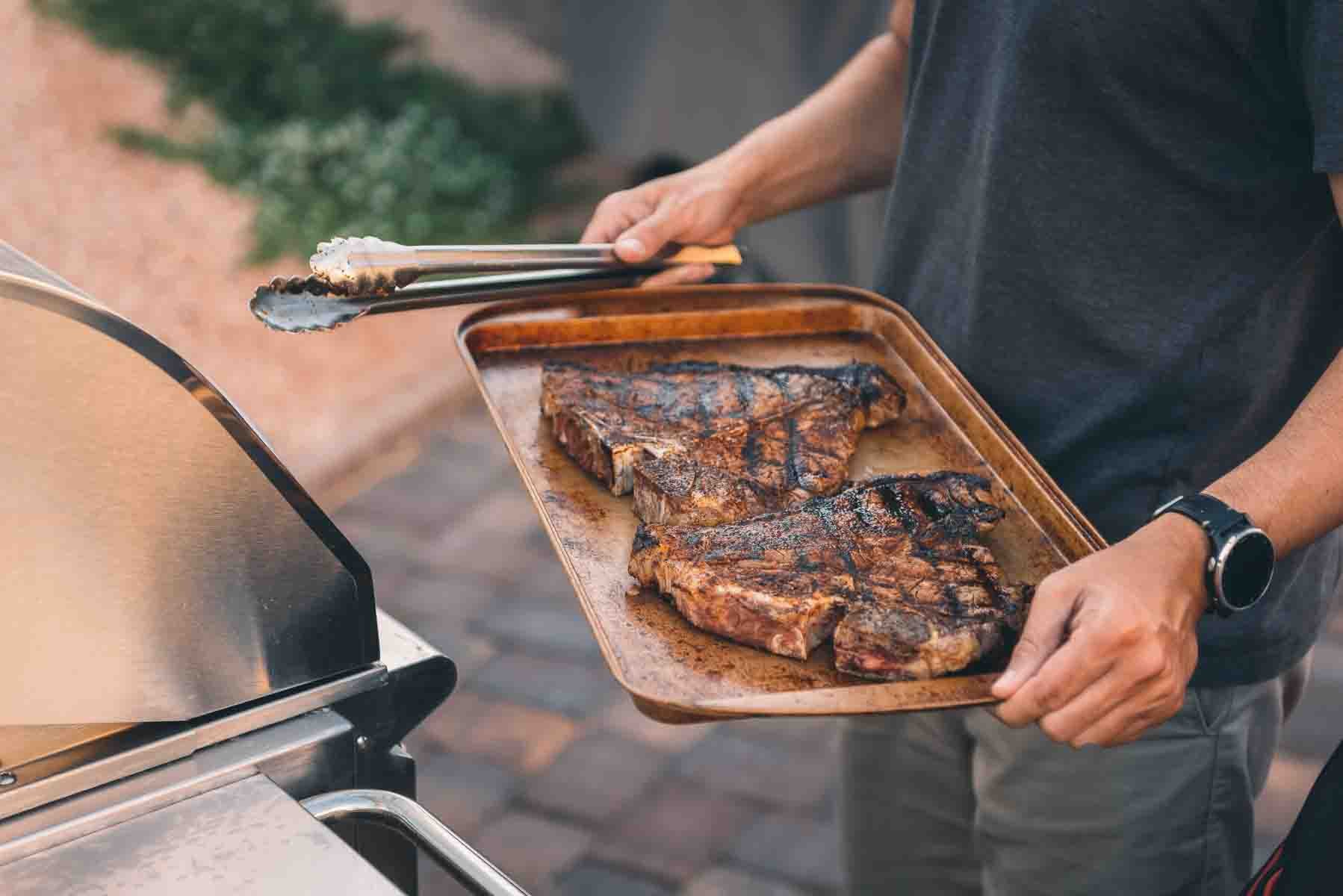
TL; Dr Summary
- BEEF USDA steps to ensure quality consistency: first is the highest vote with heavy marbleization, therefore chosen, then select.
- The highest votes have multiple marbles, they come from younger cattle and are more tender and juicy.
- Check the labels for the degree to determine quality, tenderness and flavor. Choose the vote based on the budget, the cooking method and taste.
When you are digging in a tasty meal, if you are looking for the Best grill steak OR What is the best cut for roastingThe meat you choose is a turning point for the flavor of your dish and how soft it is when you are chewing. And understanding the difference in the quality of the degrees of usa meat is useful to help you choose the best choice for your recipes and budget before even starting to cook.
It is here that the votes of the USDA meat intervene: a system created to evaluate and let you know how good your meat is. See words such as the Usda Prime and Usda choice Meat labels And in the weekly circular when looking at what is on sale. But let’s break down what all this means.
USDA stands for the Department of Agriculture of the United StatesThe government agency known for the management of food and agriculture. The USDA assigns some labels for the food degree, such as the quality votes.
Usda meat votes, such as First, ChoiceAND Selectclassify the meat based on several factors.
In a nutshell, the prime beef is the highest degree of beef with this standard, known for its abundant marbleization that guarantees maximum tenderness and flavor. On the other hand, selecting the beef and choice votes offer a variety of options to adapt to different preferences.
The reason why we have these various beef votes is to make sure that the quality is always consistent with what you are paying for. Knowing everyone gives you the power to make intelligent choices, if you are shopping for meat in your local food store or talking to the butcher of your neighborhood.
Whether preferring the wealth of the first cuts or balanced options, the classification system is like a useful guide to ensure that you get the best meat for what you like. So when you go out to buy meat next time, think about the USDA votes like a trusted compass that helps you find a better culinary experience.


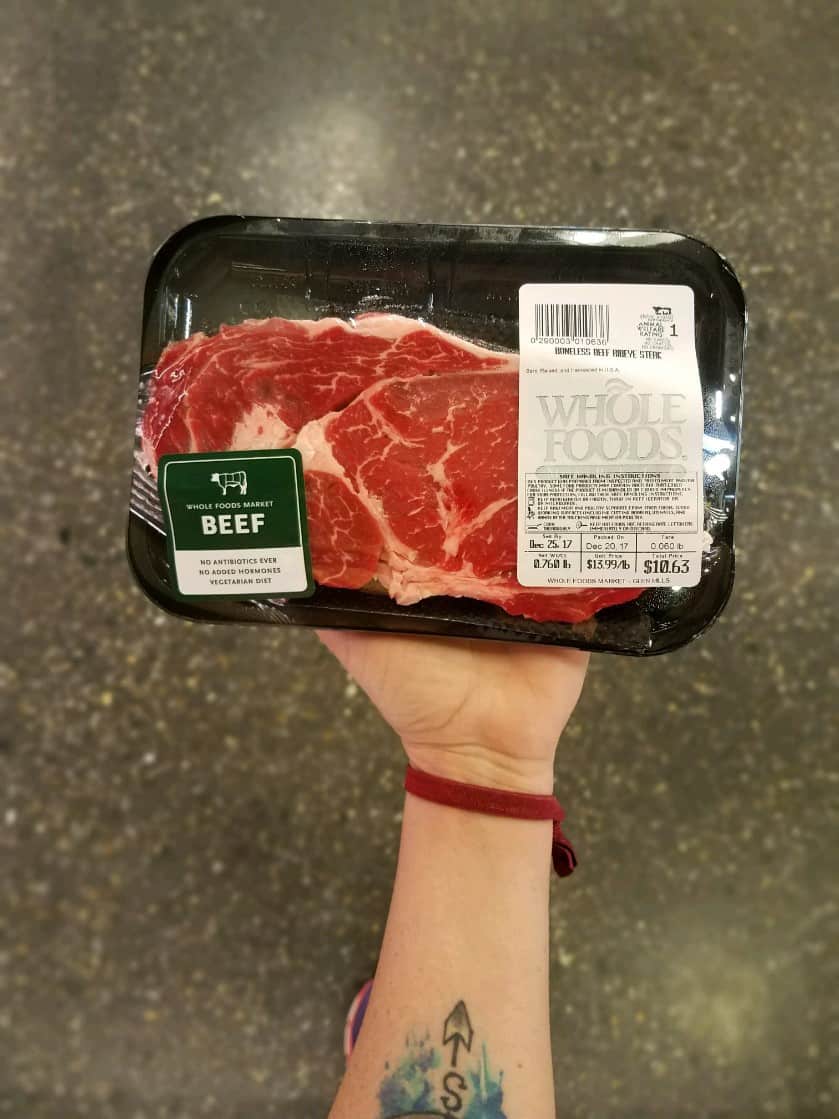

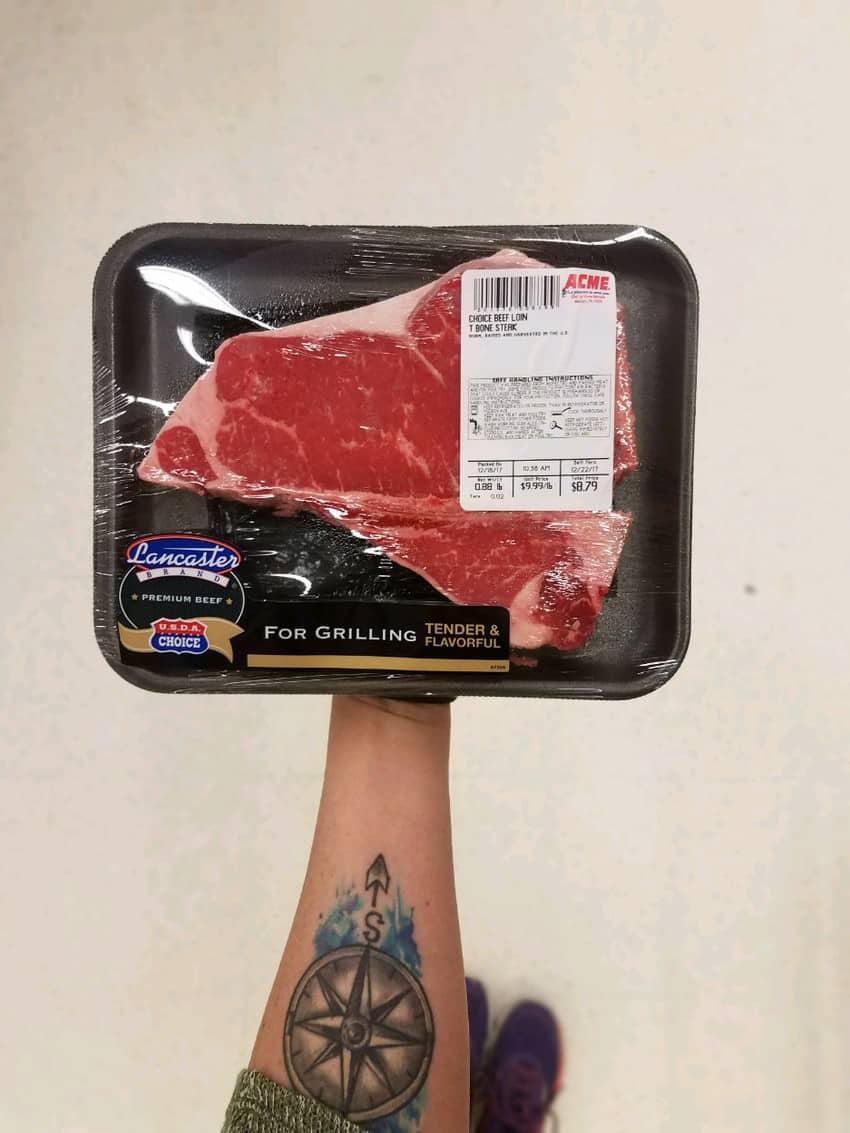

Understanding of the Usda meat votes
Definition and purpose of Usda’s meat votes
When it comes to selecting the perfect cut of meat, in addition to knowing what Type of steak You may want to cook, understanding the votes of usa meat is essential. The USDA uses a classification system to classify beef based on various factors, ensuring that consumers receive a constant quality product.
THE Degrees of beef You will see in your local market, they are first, Choice and Select. There are also other degrees that often go to prepare ground meat. The main purpose of these labels is to provide transparency and guarantee of quality, the consumer.
What are the different votes of USDA meat
- Grade Prime USDA: The main basic beef is the highest quality of meat, the best you can get in normal markets. It will have the most fatty marblement, the white lines through the meat make it more tender and tasty. But it is a little expensive, which is mainly found in high -end restaurants, when you order the specialty butcher shops online Or right from the meat counter. Occasionally we see steaks or roasts of privileged degree at the meat counter, especially during the holidays. And sometimes, they are right next to the grade steaks chosen of the same cut, so you can look at and compare the difference.
- Degree of usa choice: The chosen grade beef is the next best thing; It is of high quality but not heavily marbled as first but still really good. The cuts of choice have fewer marbles, making them a little more convenient but still tasty and tender. Break down the gritty clear of First vs choiceTwo of the most common votes on the market when buying steaks.
- USDA Select Grade: Select the grade meat is for those who love thin cuts of beef, With even less quantity of marbleization. Select cut cuts may not be very marked as privileged degree cuts and could be a little more difficult.
- Standard and commercial beef degrees: These lower votes are like secondary actors, not the stars, but it is still important that we use the animal as much as possible. Whatever with this degree it is used more in ground meat or transformed meats.
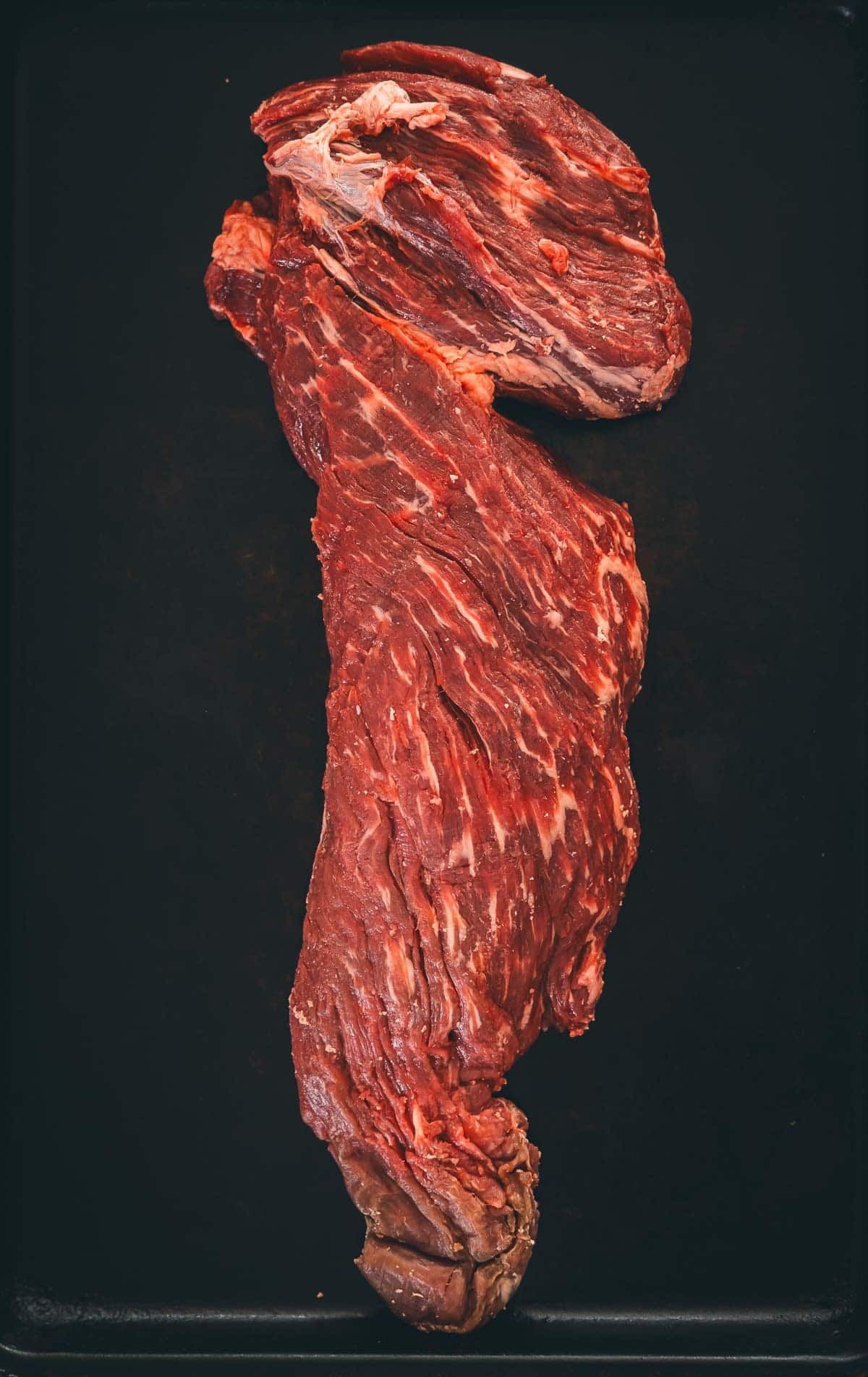

Factors that influence the votes of Usda beef
Marble
Marble It is like small fragments of intramuscular fat mixed with lean meat. When people control the quality of beef, they look at how marbled by the Ribeye muscle between the twelfth and the 13th rib muscle. More marble, the better the degree of meat.
Maturity of the meat
THE age of the animal It greatly affects the quality of meat and tenderness. Usda standards for maturity, including bone ossification, contribute to the final degree assigned.
When we talk about the maturity of the beef, the USDA is observing how the cow’s body has developed. There are several degrees such as A, B, C, D and and to be told as part of their guidelines on this.
In particular, one of the things they look at are some parts of the backbone of the cow, such as the sacral and lumbar vertebrae, and something called buttons on the back. These parts have a cartilage that changes as the cow ages. The cartilage turns into a bone and also the color and consistency of the meat change. This process is known as bone ossification.
The process starts from the back and moves to the front, like a temporal sequence. Young cows also have some changes in the back. The USDA measures how much the cartilage has turned into bone in the buttons to find out if the cow is of grade A, B, C, D or E. The more the change, the greater the degree.
Other factors
In addition to marble and maturity, also factors such as color, consistency, firmness and distribution of fat play a role in determining the overall degree. The USDA underlines the importance of consistency between these classification factors.
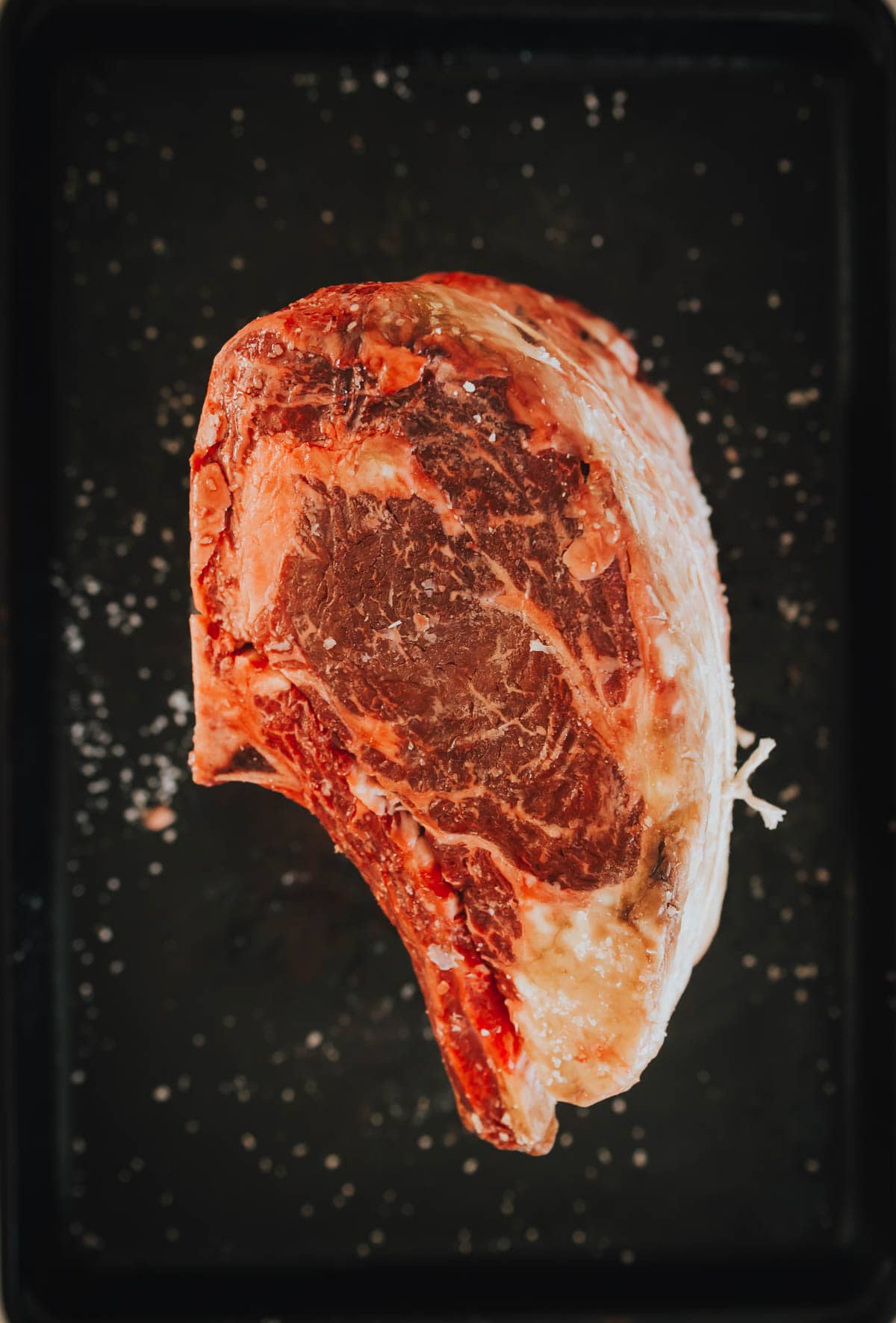

How the USDA votes help consumers
Ensure constant quality
Usda’s official degree standards are like a quality sovereign for meat. They help people know that they are obtaining quality cuts by setting standard standards that each degree must satisfy. In this way, you can be sure that the meat that purchases is tender and of good quality because it follows these rules.
Transparency and informed choices
Usda meat votes help consumers make informed choices based on their preferences and budgets. By understanding these votes, consumers can surf the options available, both at the grocery store and in a restaurant.
Suggestion for carnivorous experts as a girl
When you look at sales flyers for your local market, check the meat vote for sale. Sometimes, the deal is not always as good as it seems. We identified Select for sale for more than the choice this year during the scan of weekly circulars. You can also find great offers when Purchase of online meat Or from your local butcher, so don’t forget to check there too!
The best recipes of steak
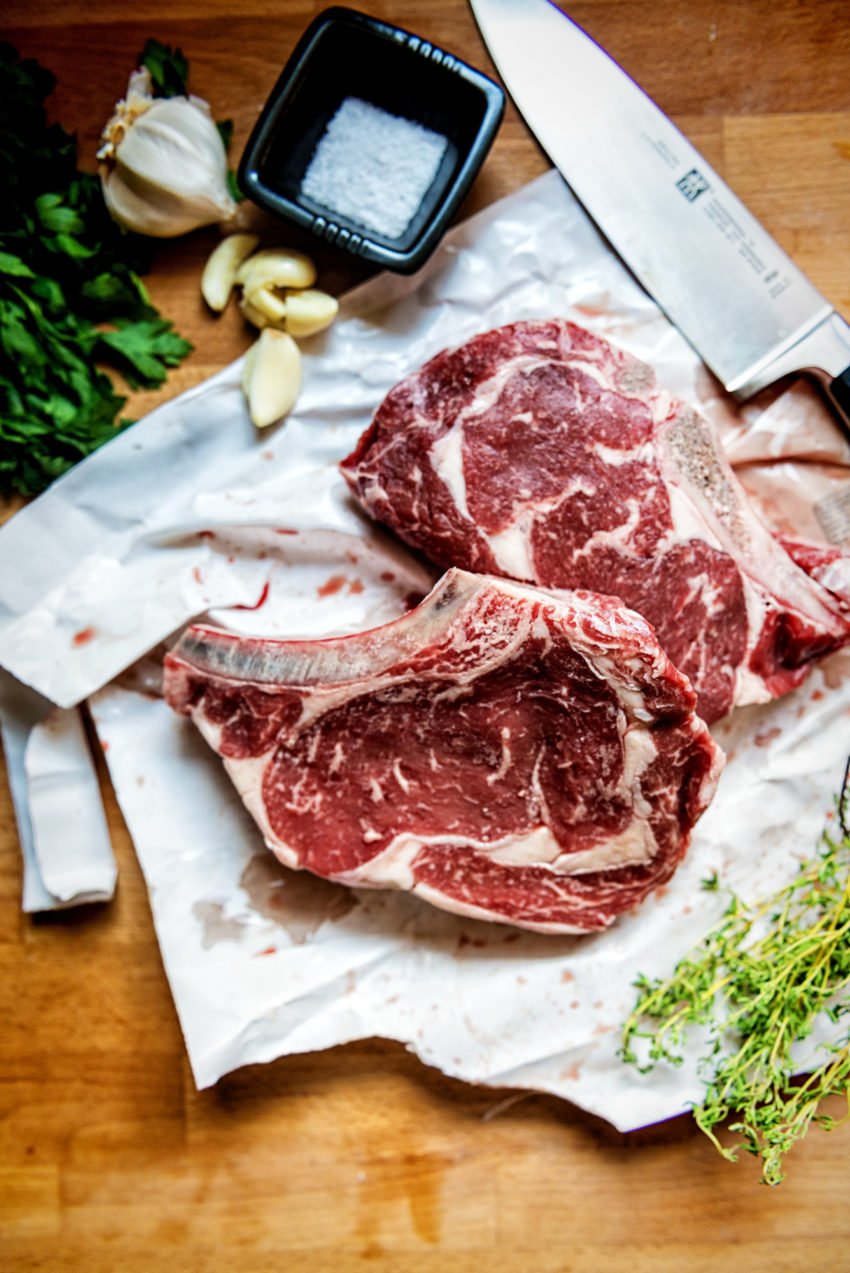

Common wrong ideas on USDA meat votes
All USDA votes are equally good
While all USDA votes meet quality and safety standards, there are significant differences in tenderness and marbleization. Consumers should be aware of these distinctions to align their choices with personal preferences.
The highest degrees always indicate better beef
Even if a privileged steak shouldin theory, It has a better flavor of the choice, we have had our part of anomalous values, so we do not use the vote like ours only Indicator when buying meat. Look at fat, marblement and color yourself when you make your purchase choices.
The taste preferences are subjective and the highest votes may not necessarily satisfy everyone’s palate. And the animal diet will also give a different flavor. The finished beef with grass had a different flavor from the finished meat in wheat. Individual flavor preferences should guide the choices, regardless of the assigned degree.
The lower votes are lower
The lowest votes can still offer satisfactory flavor and tenderness, depending on the methods of cooking and personal preferences. In particular, we love them when brazing Low and slow, in soups, stewed, which make sauces or anything in which the beef is not grilled and cut like the main centerpiece. Understand the different cooking methods, such as Sous saw cookingand know the best interior Steak temperature It can help you prepare lower quality beef beef.
More useful guides
Knowing the votes of usa meat helps you to make intelligent choices when you buy meat, ensuring that it is of good quality and makes you happy. When you learn to know the different votes and ask for advice from reliable sources, you can have fun eating meat that adapts to what you like and keep.

